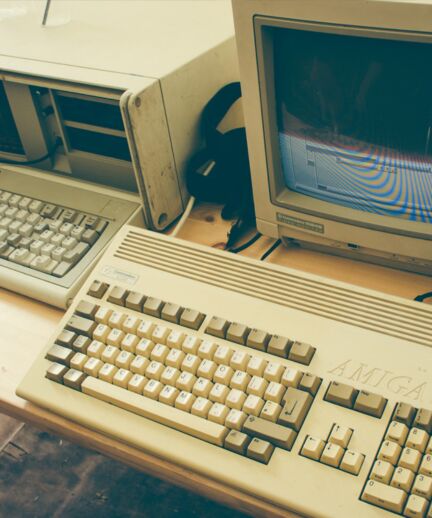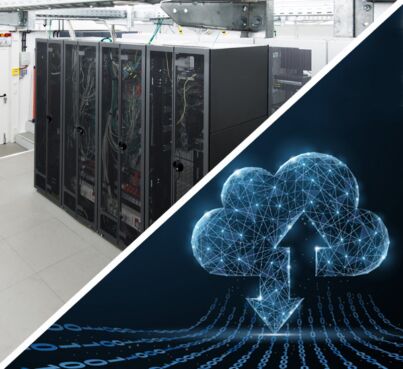Why the time of transforming your legacy systems is right now

Digital Trans-
formation is now
Digital transformation for legacy systems is the most strategic, most leveraged investment you can possibly make. Replacing legacy systems represents the greatest long-term investment for your business.

Business security and threats
Legacy systems are less resistent to cyber attacks or malware. The older the system, the more time potential attackers have to explore its code and weak points.

On-Premise
or Cloud
Operating software under your own responsibility and on your own servers, or keeping it away from your with software-as-a-service (SaaS) solutions - we help with avoiding stumbling blocks and the selection of services fitting your business.

Avoiding vast hidden costs
Many companies are still using outdated systems, regardless of age or quality of its technologies. The software has been working just fine for decades and is still able to cope with its tasks, they argue ...
Why fix it, if it ain’t broke?
Now more than ever, reliance on legacy systems is one of the biggest hurdles in the digital transformation journey.

6 reasons for considering a legacy systems transformation:
issues with
Threats of using legacy systems
Legacy systems are usually less resistant to cyberattacks, harmful programs, and malware, which is only logical. If the software solution has been around for years, the attackers had enough time to get familiar with the code and find its vulnerabilities.
Another reason for this is that outdated software might no longer be supported by its vendor. This means that patches are no longer provided and the system is not compliant with current security requirements.
And even if your system is custom-built and you have the resources to maintain it, adding more patches means additional investment in security.
It can be considered to be self evident that security vulnerabilities open doors for attacks and worst case system failure threats. These risks should be reevaulated on regular intervals to estimate if the cost of a legacy system transformation will outweigh the risks.
How we can help with the evaluation and process of legacy systems transformation
 Check the legacy
system’s setup and
configurations from a
technical perspective
Check the legacy
system’s setup and
configurations from a
technical perspective
 Analyze your current
data setup and needs
for the transformed
system
Analyze your current
data setup and needs
for the transformed
system
 Analyze the
overall impact
of your
business
Analyze the
overall impact
of your
business
 Calculate support
vs. replacement costs
and ROI
Calculate support
vs. replacement costs
and ROI
 Evaluate processes
to be automated in
the new system
Evaluate processes
to be automated in
the new system
The hidden costs of legacy systems
Not necessarily noticable on their own, but the costs of running legacy systems over their life cycle, will add up to significant spending over time. And it is progressive cost, as it becomes more expensive each year. Make sure this does not sneak up on you, for a transition itself may take some time. Be it through resources for this software which are increasingly difficult to get or its constantly increasing amount of maintenances. Also look out for these reasons why your outdated system may cost you enormous amounts:- Integration & compliance issues with new software
- Lost business opportunities through the lack of innovation which will impact profitability and competitiveness
- Organizational agility & efficiency is hindered
On-premise vs. cloud - a brief comparison
But if designed correctly a flexible switch between these solutions can be made in several steps (forward and even backwards again), reducing risks, complexity and costs. For web based solutions it is even possible to run both solutions simultaneously.
So, if you are not sure yet whether a cloud solution would already fit you and your customers, we feel confident to be valuable in making this decision with you.





